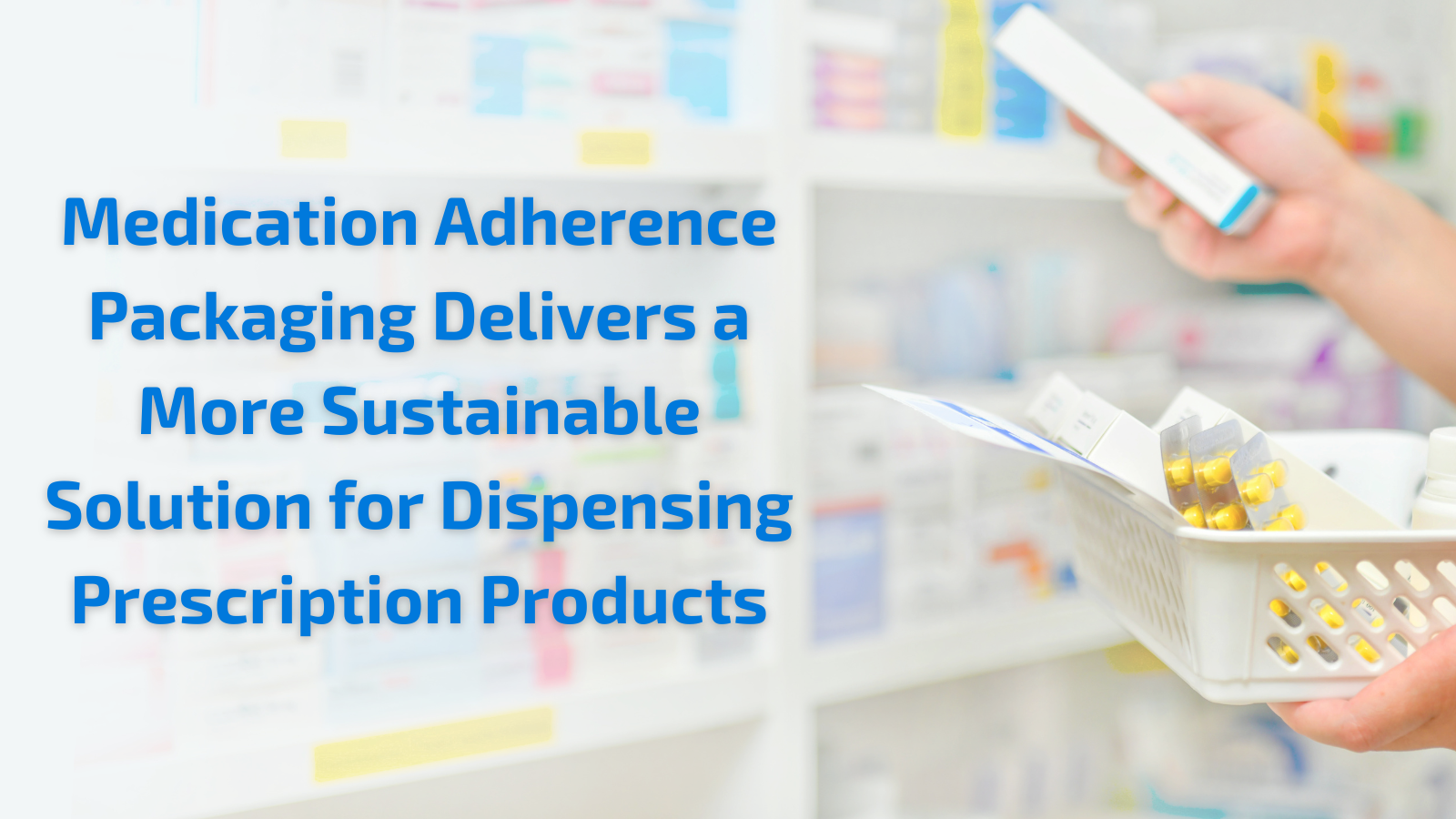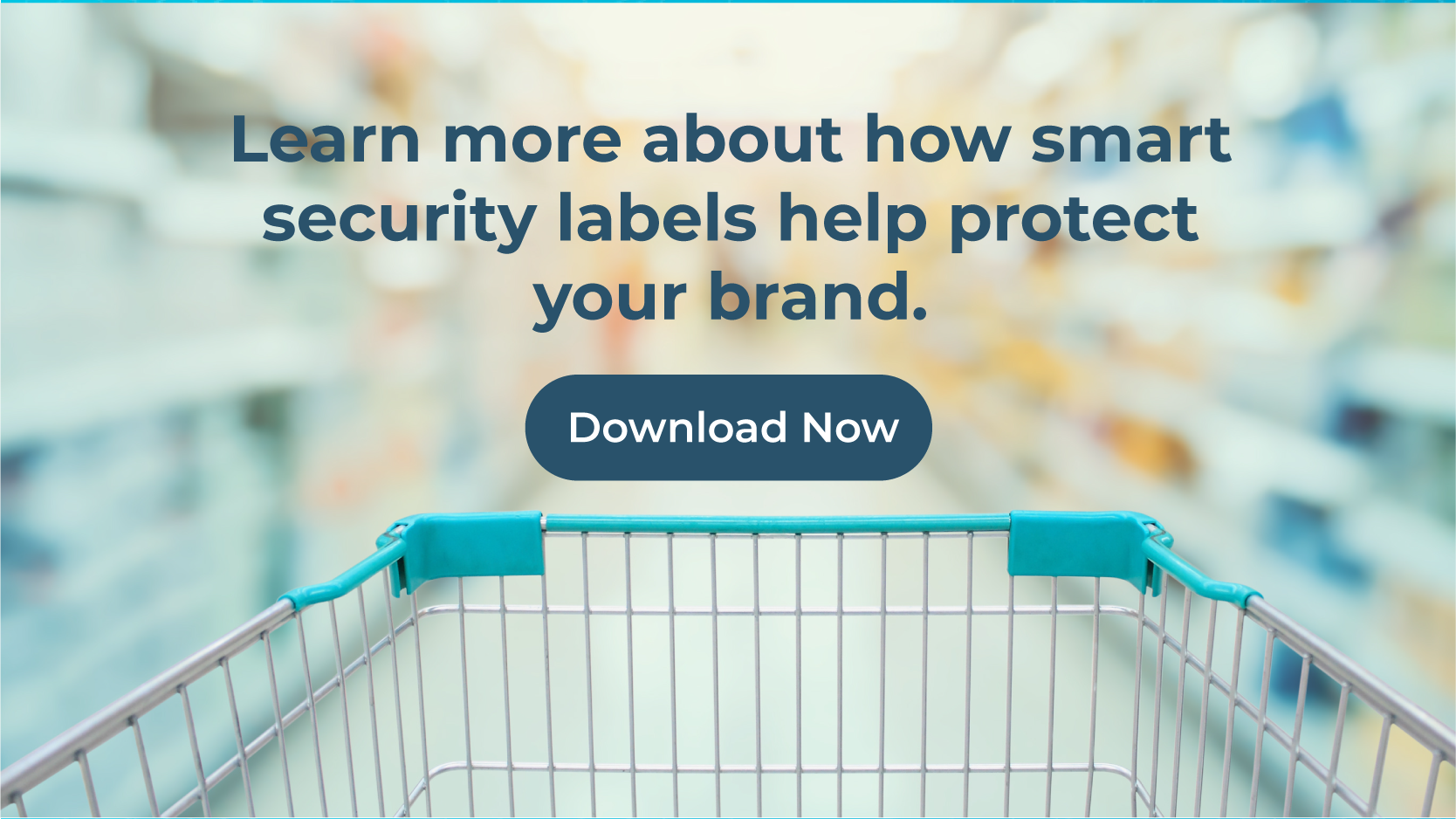Medication Adherence Packaging Delivers a More Sustainable Solution for Dispensing Prescription Products
By Terrence O'Neill | Posted on July 25, 2023

Across the globe, we have experienced an eco-wakening. With rising temperatures and increasingly erratic weather, the environment and climate change are top of mind for everyone. Individuals and organizations alike are worried about the environmental ecosystem. Drug manufacturers and retail pharmacies are no exception in seeking ways to reduce their carbon footprint.
Shoppers and Patients Expect Companies to be Environmental Aware
Corporations are under pressure to cut their environmental impact as sustainability preferences are now a key driver of consumer purchasing. In the United States, shoppers expect and want companies to be environmentally conscious. According to a Forrester report, 34% of US online adults are strongly influenced by companies that engage in limiting waste, and 26% are strongly influenced by those that actively support environmental and climate change policies.
Reducing Packaging Waste is a Must
Reducing packaging waste is a must for every manufacturer looking to reduce their environmental impact. Social pressures are forcing brand manufacturers to make hard choices regarding their packaging. Data from Trivium Packaging’s 2022 Global Buying Green Report revealed consumer demand for eco-friendly and sustainable product packaging has proven remarkably stable and robust throughout the societal changes that have occurred in the last several years. Seventy percent of respondents identify as environmentally aware, up three percent from last year. And sustainability is even more important to younger consumers. Eighty-six percent of those forty-five years old and under would be willing to pay more for sustainable packaging.
Brands put their market share at risk when they cannot meet consumers’ demand for sustainable packaging. Additionally, the report uncovered consumers are 57 percent less likely to buy products in packaging they consider harmful to the environment. Forty-four percent go one step further and declare they "won't buy" products in packaging harmful to the environment.
Medicine Bottles Are They Really Recyclable?
It is estimated that in 2019, 4.38 billion retail prescriptions were filled throughout the United States. 80% of prescriptions are filled in translucent, amber color medicine bottles, which are classified as #5 recyclable. However, most curbside recycling programs do not accept these bottles because of their small size.
The Association of Plastic Recyclers (APR) states that items smaller than 2 inches in 2 dimensions render the package non-recyclable. Local recycling centers use sorters to screen and separate items appropriate for recycling, such as bottles and cans, vs. rocks and broken glass, which go to landfills. Because of the small size of the medicine bottles, they fall through the sorters and end up in landfills. We are left with an unfathomable number of prescription bottles filling landfills.
Medication Adherence Blister Packaging the Sustainable Choice
Innovative new medication adherence blister packaging provides a sustainable solution that improves adherence and patient outcomes. A blister-sealed tamper-evident pack of medication is paired with a recyclable paperboard where calendarized day codes are printed to remind individuals to take their medication, improving medication adherence and lift. Plus, since day codes are printed on the blister packages, it is easy to track if medication has been taken and when patients should take their next pill. With better medication adherence, patients realize better outcomes.
When an individual finishes all their medication, they can easily separate the blister from the carton and recycle. The carton is recyclable, compostable, and biodegradable. The blister contains only a fraction of disposable plastic compared to bottles. The spacious package format allows for large, easy-to-read type on all sides of the package for clear product instructions and identification. Unlike other paperboard compliance packs, the medication adherence blister package requires minimal film & foil and can be automated at the high speeds common on bottling lines.
Medication adherence packaging aids organizations in meeting their sustainability initiatives. Compared to dispensing medication in a standard 90 cc bottle, medication adherence blister packaging reduces plastic by 53%. And compared to the commonly used Bulk-bottles, which require counting pills that are placed in amber vials at pharmacies, the reduction of plastic can easily be over 75%.
Medication adherence packaging offers various benefits to manufacturers, pharmacy staff, and patients beyond sustainability, including improvements in child safety, product quality, medication adherence, and patient experience.

